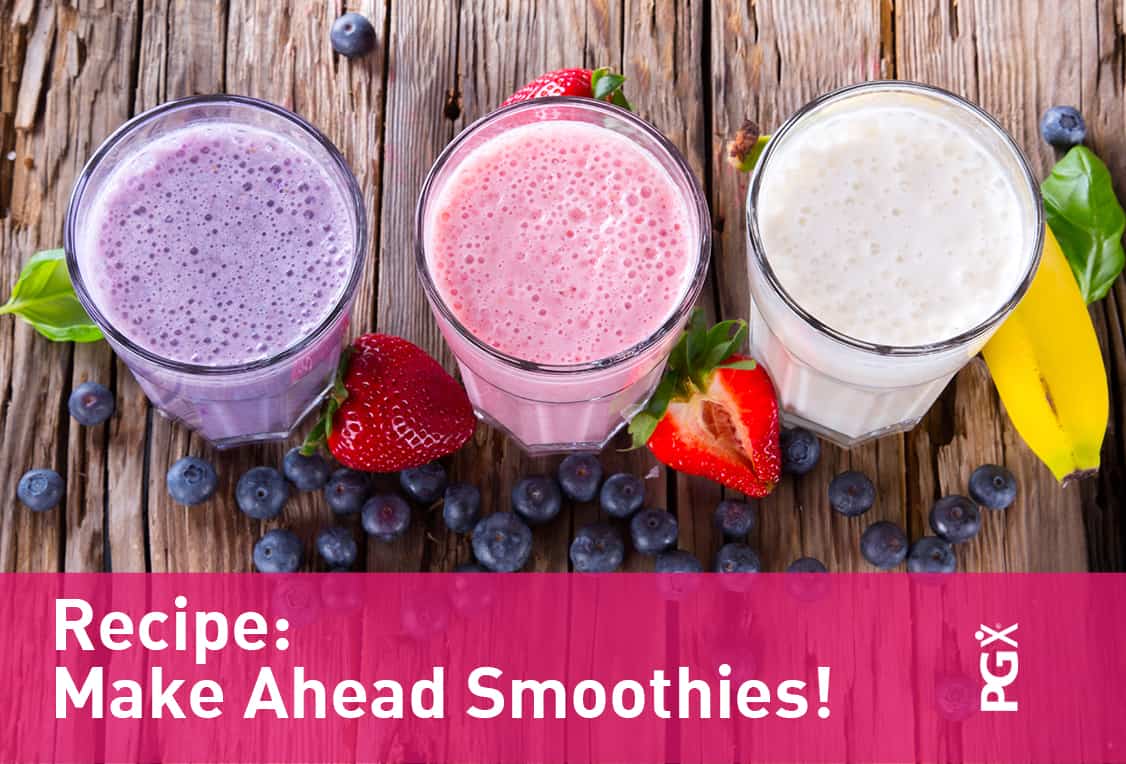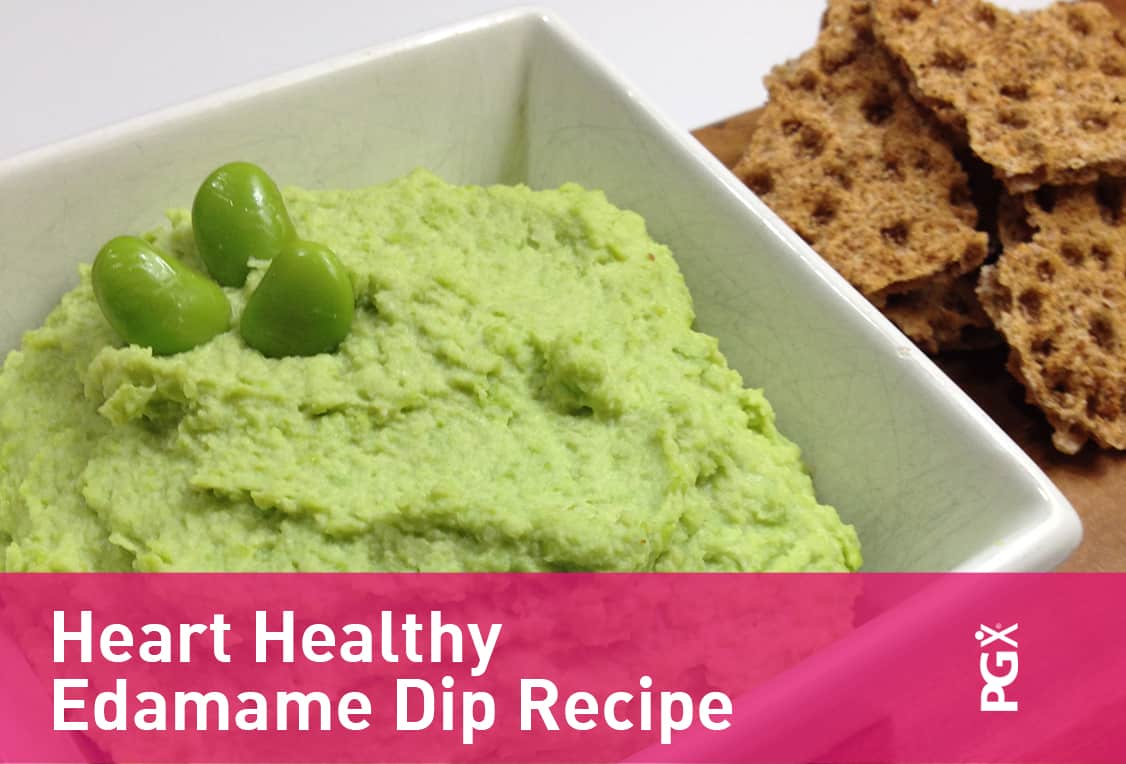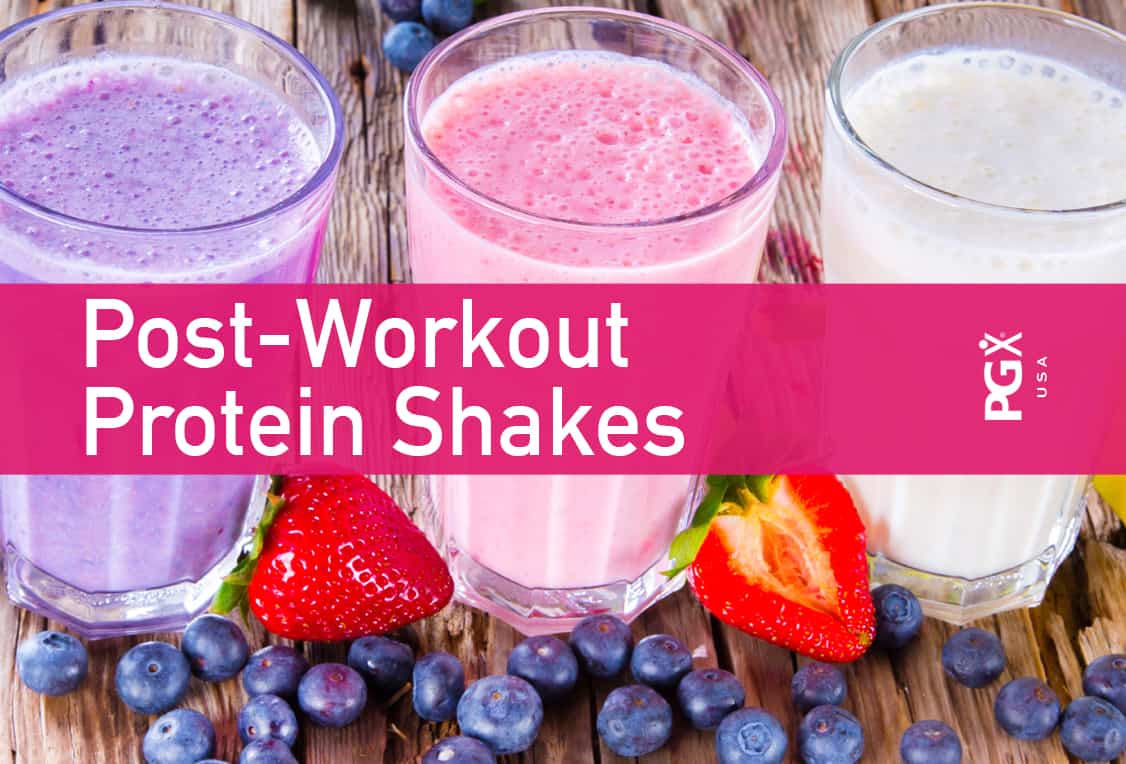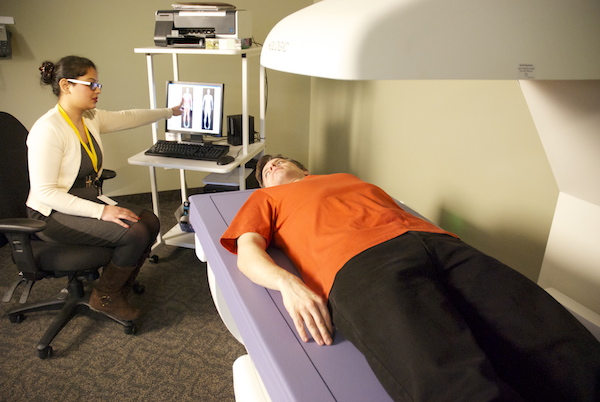Routines: Good Habits for Good Health
Every day we face a seemingly endless stream of decisions; what to wear, what to eat, do I have time for the gym? Over time, these choices can wear us down and lead to what some psychologists have termed ‘decision fatigue’. The result is that we are actually less productive and less happy than we feel we should be, given all our options. The solution? Set up some healthy routines, stop sweating the small stuff, and give your brain a break to focus on the bigger picture.
By establishing a well-thought out schedule that takes care of many of the smaller decisions in life, you can give yourself a reprieve from the continual mental effort of figuring things out as you go. Healthy routines can help you eat well, sleep better, get regular exercise and stay on top of health issues. Basically, if you get into the mindset of seeing more healthy behaviours as akin to brushing your teeth, you’ll expend less mental effort convincing yourself to do them each day, and you’ll feel healthier for it.
Making Healthy Eating a Healthy Habit
Not everything needs to be regimented of course, but if you consistently find that you run out of time to exercise, or run out of fresh vegetables and are living on takeout, it’s probably time to reassess your schedule. If the latter sounds familiar, then set time aside on the weekend to plan your weekly meals, write a shopping list, and figure out which day works best for you to shop.
Knowing your meal schedule can help prevent unnecessary store visits and reduce the temptation to pick up unhealthy snacks. It also saves you from the despair of staring blankly at the open refrigerator when you arrive home tired from work. Having a meal in mind and the ingredients on hand means that you can eat early and have more time to relax with your family.
You might also consider signing up for a Community Service Agriculture (CSA) box to deliver healthy, local, organic fruits and vegetables on a chosen day of the week. Many schemes include recipe ideas involving the contents of the weekly box, providing the added benefit of a healthy new recipe each week. These boxes are also great for kids to learn about different whole foods, and the local food economy. Another healthy habit to get into is to double up on healthy meals and freeze the extra portion so you always have something wholesome and easy on hand.
A Sustainable Sleep Schedule
Getting on top of healthy eating usually means you can start establishing a regular bedtime routine which, in turn, makes it more likely you’ll get a good night’s sleep and wake feeling refreshed. This means you have the energy upon waking to get out of bed and go for a morning run, rather than hitting snooze and feeling guilty.
Having a pre-established, carefully thought out schedule helps you recognize that veering from that schedule equates to self-sabotage, especially if pressing the snooze button makes you late for work, so you skip the gym and breakfast, and grab a coffee and sugary pastry for the road.
Making Healthy Habits Routine
A healthy routine is only a routine if you follow it day in day out, so don’t miss more than two days in a row, and aim to get to a point where healthy behaviours are the new norm. If you know that you have problems being accountable only to yourself, create a schedule where you are also accountable to someone else. This might mean having a jogging partner, or car-pooling with a friend who goes hiking twice a week after work.
Each new day is the chance to start building a winning streak, so get up, stick to your exercise schedule, and drink your morning smoothie packed with healthy fibre, courtesy of PGX®. It might seem unadventurous to eat the same thing for breakfast every weekday, but it will save you from wasting time deliberating over what to eat, while ensuring that you are well nourished and better able to think clearly about the bigger decisions in life, like where to go to college, whether to move across the country, or how to reorganize your novel so it actually makes sense to your editor.
Scheduling Regular Health Check-Ups
On top of the daily routine, make sure to set up a schedule for regular health check-ups, so you don’t find yourself apologizing to your doctor for not having seen them in five years. Making health appointments routine is also a great model for kids as it can help take the fear out of these visits, and allow you to spot any potential problems early.
Health check-ups shouldn’t just be for you and the family though. It’s also wise to schedule routine maintenance on bikes and other sports equipment so that your exercise regimen can stay on track. Also schedule routine maintenance of household appliances, like carbon monoxide detectors, gas boilers, and similar items that have the potential to cause serious health problems. Again, setting recurring reminders for these things, rather than simply assuming you’ll remember, can really help keep you on top of everything without feeling like you’re always forgetting something.
Healthy Habits for Life
Routines might look boring from the outside, I mean, who really wants to admit that they have seven identical pairs of socks and always eat soup on a Tuesday? The truth is though, that following a routine until it becomes a healthy habit can help ensure that you consistently eat nutritious meals, barely skip exercise, keep in touch with friends and family, and still have time for much-needed relaxation.







